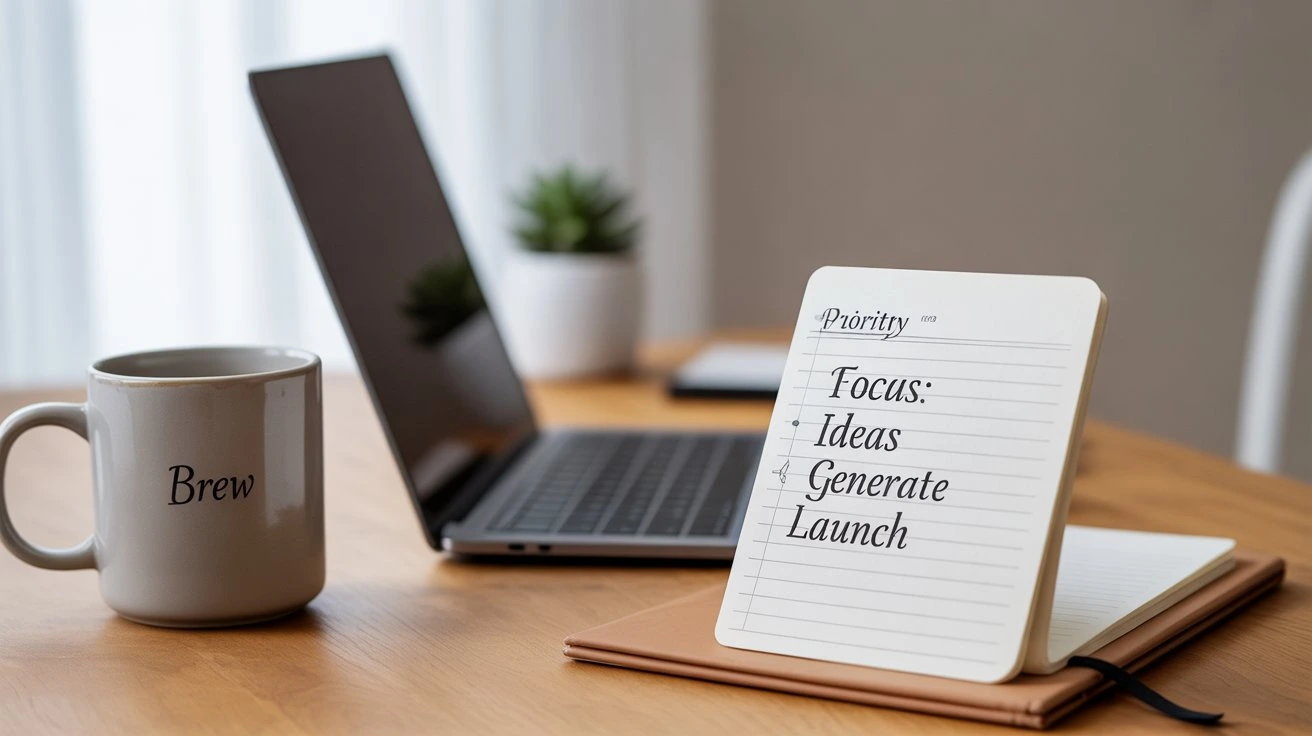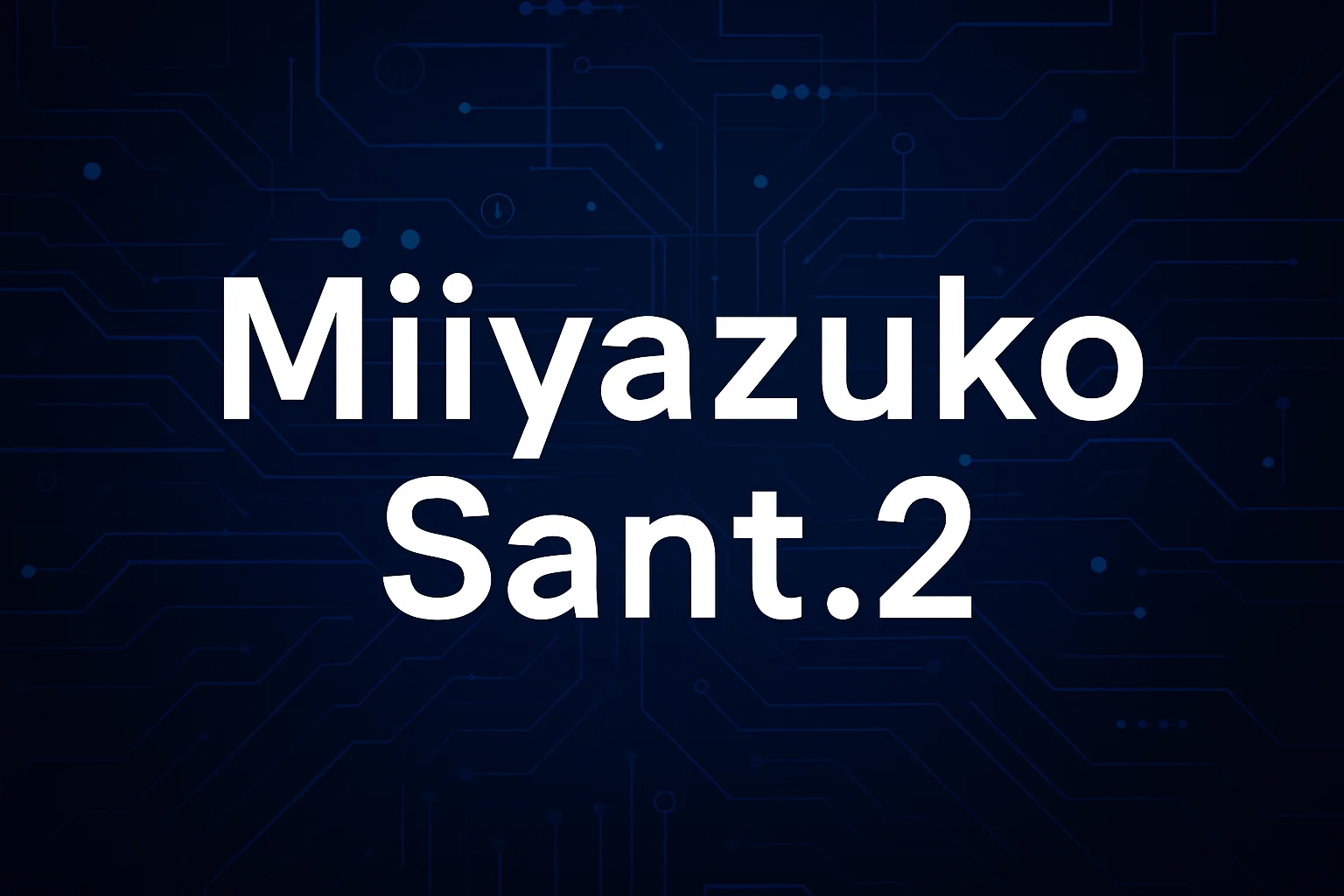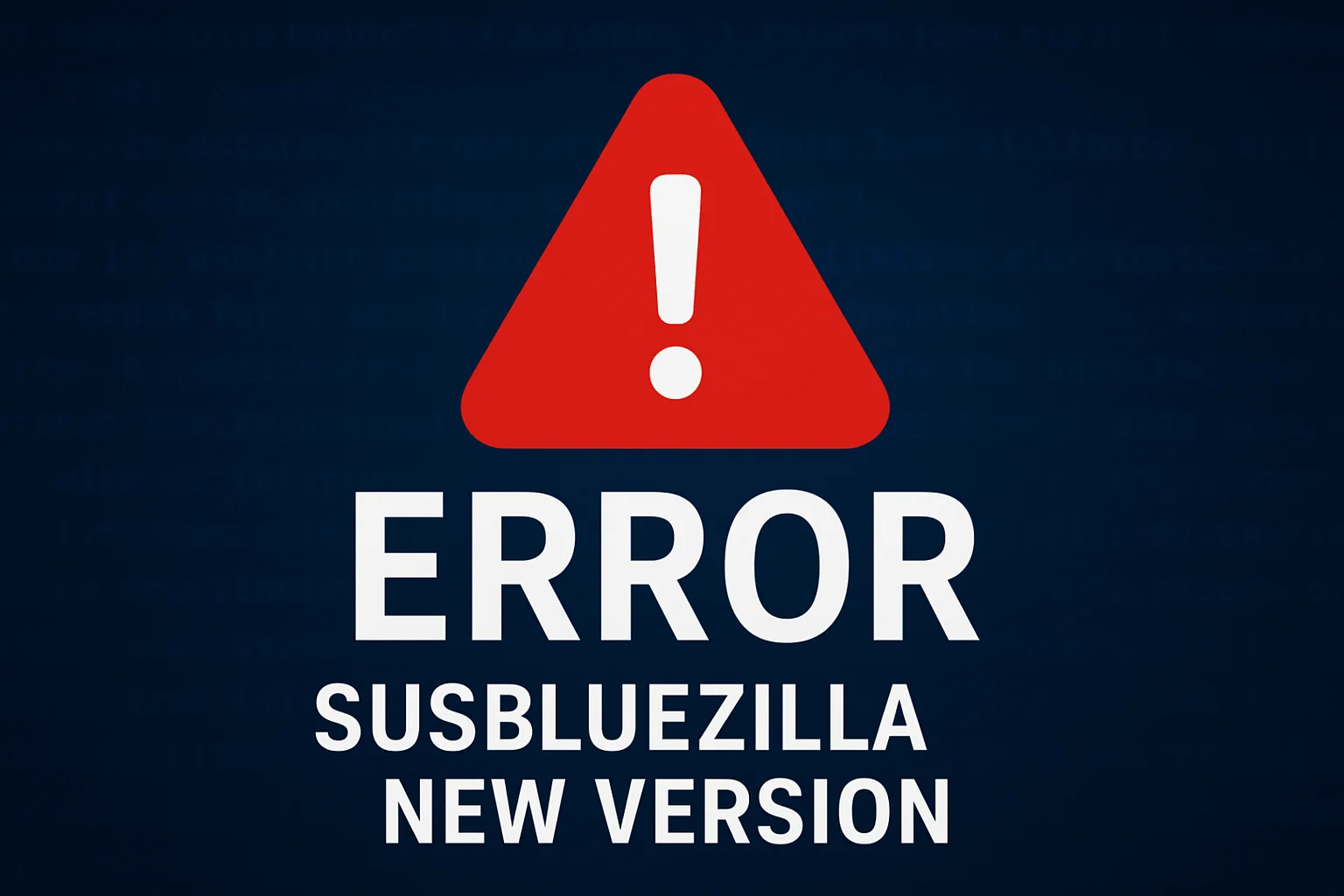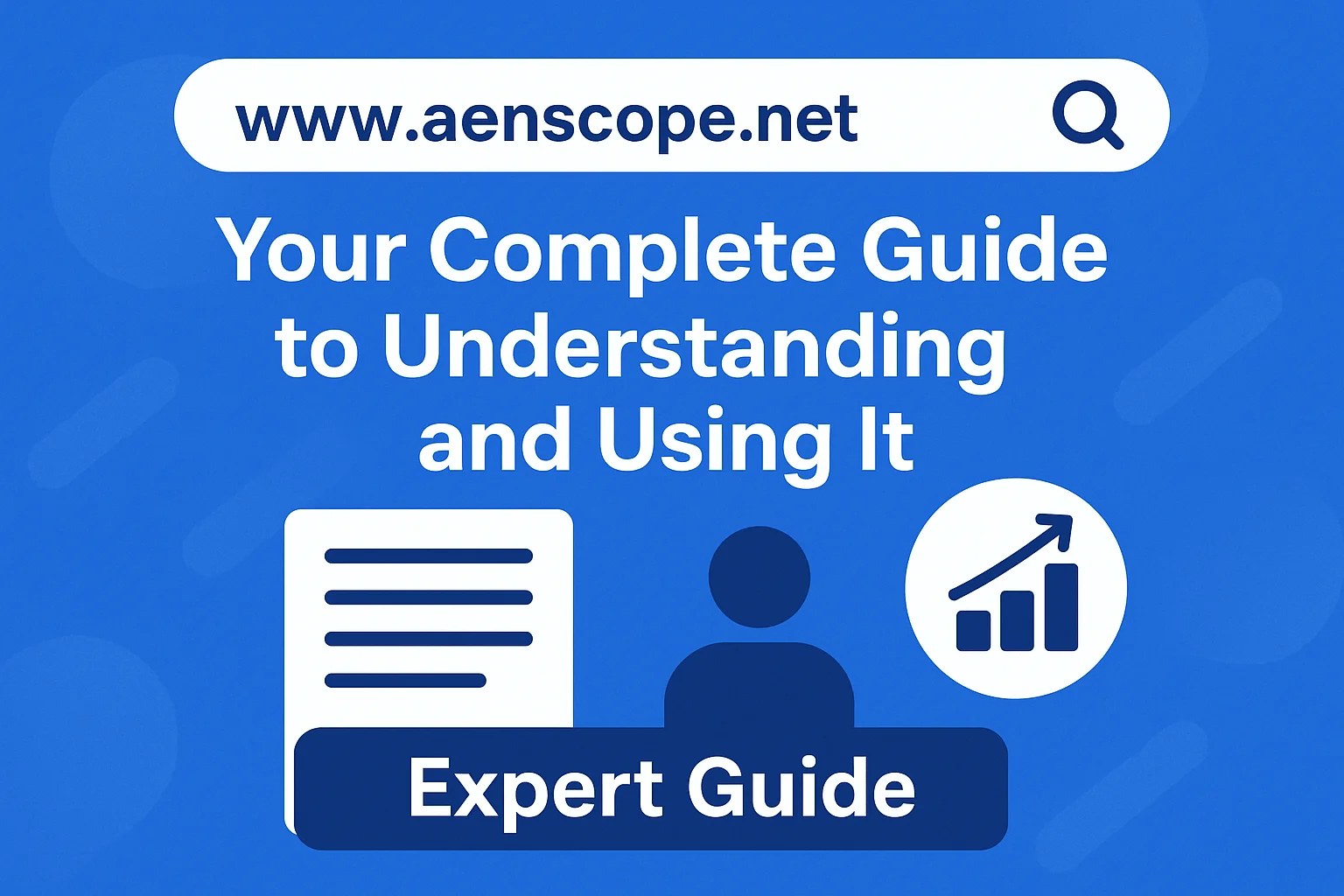The first time I encountered Frehf, I didn’t realize how much it would alter my approach to decision-making and personal focus. I was juggling too many commitments, feeling pulled in every direction, and struggling to identify which tasks truly mattered. Then I tested this method. What followed wasn’t an overnight miracle, but rather a steady, noticeable improvement in how I worked and how I felt.
This isn’t a fad. It’s a framework you can adapt, whether you’re a creative professional, a business leader, or simply someone seeking more meaning in daily life. Over the years, I’ve refined my understanding of Frehf through direct experience with clients and my own projects. In this article, you’ll get a complete guide—what it is, why it matters, how to apply it, and the real-world challenges to watch out for.
What Exactly Is Frehf?
Frehf is best understood as a prioritization lens—an approach to identifying the work, ideas, or actions that resonate most deeply with your goals and energy at a given moment. Unlike rigid productivity systems that focus solely on deadlines, this method asks you to factor in emotional engagement and long-term alignment.
Imagine you’re looking at a table full of potential tasks. Some are urgent, some are exciting, and some are neither. The Frehf approach encourages you to filter them by asking a single question: “Which of these will matter most to me when I look back later?” This simple filter can shift entire workflows.
Why Frehf Matters Now
The modern work environment often rewards activity over impact. You can easily spend a day answering emails, attending meetings, and crossing off low-value tasks—only to end up with little progress toward your real objectives.
The Frehf method interrupts that cycle. By creating a conscious moment of evaluation before committing your time, you avoid the trap of urgency masquerading as importance. In a culture overloaded with information and competing demands, this mindset can become a quiet competitive advantage.
The Benefits of Adopting Frehf
Sharper Focus
When I began applying Frehf, I found my attention naturally gravitating toward the tasks that brought both results and satisfaction. Distractions became easier to resist because I knew what I was working toward.
Consistent Energy
Burnout often comes from investing energy in low-reward activities. By making choices through the Frehf lens, I sustained my motivation over longer periods.
Adaptable Structure
Unlike fixed routines that crumble when life shifts, this method adjusts seamlessly. You can apply it whether you have a full day to plan or just ten spare minutes.
Challenges and Common Misunderstandings
It’s Not a Magic Shortcut
Some people hear about Frehf and assume it eliminates the need for planning or discipline. That’s not the case—it’s a complement, not a replacement. You still need to schedule, track, and execute.
Risk of Over-Filtering
If you apply the lens too strictly, you may end up ignoring essential but less exciting responsibilities. The key is balance: blending meaningful tasks with necessary maintenance work.
The Initial Learning Curve
It can take weeks to develop the habit of checking in with yourself before acting. Early on, you might revert to old patterns—but with practice, the new approach becomes second nature.
Real-World Applications
Creative Workflows
A freelance designer I worked with was constantly overwhelmed by client requests. By introducing Frehf into her daily planning, she began prioritizing concept development over endless revisions. Her projects became more distinctive, and her client satisfaction ratings improved.
Strategic Business Decisions
In a small consultancy, leadership used the method to decide which partnerships to pursue. They passed on opportunities that looked profitable in the short term but didn’t align with their long-term vision. This saved them from costly pivots later.
Personal Routines
When I applied Frehf to my own mornings, I eliminated activities that drained energy early in the day—like aimless news scrolling—and replaced them with reading, light exercise, and focused writing. The difference in my productivity and mood was immediate.
Tools and Techniques That Enhance Frehf
While you don’t need technology to use this approach, certain tools can help reinforce the habit:
- Daily reflection journal – Write down the top three things that feel worth doing each day and why they matter.
- Visual mapping board – Sketch your priorities and see how they connect to long-term goals.
- Simple check-in alarms – Remind yourself mid-day to ask: “Am I still acting in alignment?”
A diagram could illustrate this process: starting with a broad set of tasks, applying the Frehf filter, and ending with a smaller, high-value list.
The Step-by-Step Frehf Process
- Identify the Pool of Options
List every task, project, or idea you could work on today. - Pause for Evaluation
Ask yourself: “Which of these will still matter in a week, a month, or a year?” - Listen for Resonance
Notice which options give you a sense of purpose or excitement when you think about completing them. - Remove or Defer Low-Value Items
Be honest. Not everything needs to be done now—or at all. - Act Without Overthinking
Once the list is refined, commit fully to execution. - Review and Adjust
At day’s end, reflect on what worked and what didn’t. Over time, your ability to choose well will sharpen.
I’ve used this framework for large writing projects, event planning, and even choosing which opportunities to pursue.
Expert Perspective and Trustworthiness
Over the past decade, I’ve coached teams and individuals on methods for clarity and focus. My insight into Frehf comes from real testing, not theoretical models. I’ve observed how it adapts to different industries—from creative arts to finance—and how it can serve both high-level strategy and everyday decision-making. This dual flexibility is rare among productivity tools.
Advanced Tips for Mastering Frehf
Once you’ve mastered the basics, try these refinements:
- Layer with Time Blocking
Use Frehf to decide what matters, then assign time blocks to ensure you actually do it. - Track Emotional Aftermath
After completing a task, note whether it left you feeling satisfied or drained. Over time, patterns emerge, and your choices become sharper. - Quarterly Alignment Check
Every few months, step back and review whether your daily decisions match your broader life direction.
FAQ
Q: What is the core idea of Frehf?
A: It’s a method for filtering tasks or ideas to focus on what truly matters, balancing impact with personal engagement.
Q: How is Frehf different from regular to-do lists?
A: Traditional lists record everything you think you should do. This method helps you actively remove what doesn’t align with deeper priorities.
Q: Can Frehf work alongside other productivity systems?
A: Yes, it integrates well with time blocking, project management software, and strategic planning tools.
Q: What’s the fastest way to start using Frehf?
A: Begin each day by listing tasks and circling the ones that feel most meaningful. Focus on those before anything else.
Q: Is Frehf useful outside of work?
A: Absolutely. You can apply it to personal goals, learning habits, or even social commitments.
Conclusion
Adopting Frehf is less about overhauling your life overnight and more about making small, intentional shifts in what you choose to engage with. By applying this lens daily, you gradually train your mind to recognize high-value opportunities and let go of noise.
If you’re ready to stop reacting and start directing your focus, try the six-step process tomorrow morning. Track how you feel at the end of the day. The more you practice, the more natural it becomes—and soon, the decisions that once felt murky will feel crystal clear.



